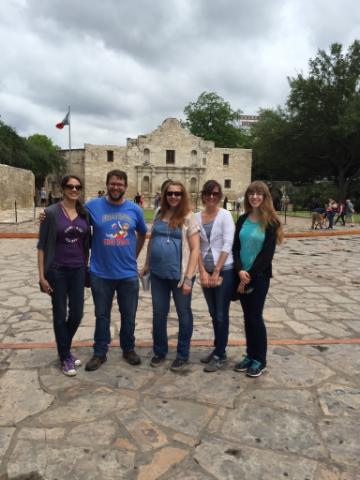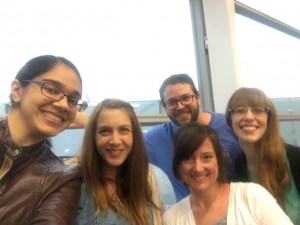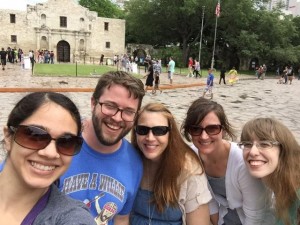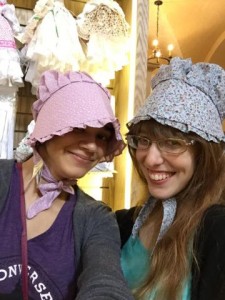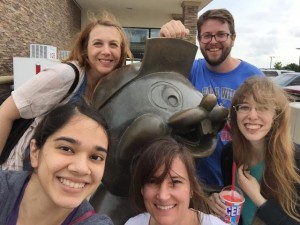Each field season is a little different in terms of our goals, the team members and the experiences. But this year is very different for me. I am 32 weeks pregnant with my daughter. This has impacted out team in multiple ways from the way I packed and prepared, to our itinerary.
I had to very closely monitor the Zika Virus situation in South Texas. The CDC keeps an updated webpage with information regarding Zika cases in every state. While the number of reported cases in Texas to date is not significantly higher than in states surrounding Indiana, I still need to be cautious when outdoors. I am following the CDC guidelines to prevent mosquito bites. This includes applying an insect repellent with at least 20% DEET and covering exposed skin while outdoors. I also decided to pre-treat my outdoor clothing with Permethrin insect repellent. Permethrin is designed specifically for fabric and can last through multiple washes. All clothing that I will be wearing when we do outdoor fieldwork or outdoor events has been treated.
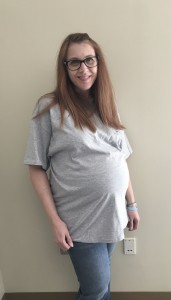
I do not anticipate the pace or volume of our contributions this field season to be impacted in any way. I am more fatigued at the end of the day than in previous field seasons, but we have a full schedule while we are in Texas. We will be working with Dr. Kate Spradley of Operation Identification on skeletal analyses at Texas State University until Friday. On Saturday we will be participating in Missing in Harris County Day. Our remaining time in Texas next week will be spent in Falfurrias volunteering with the South Texas Human Rights Center. I have an amazing team of University of Indianapolis students with me this year. They did a great job doing skeletal analyses today. In addition, there is a UIndy anthropology colleague working with us this year. Dr. Alyson O’Daniel is a cultural anthropologist embedding herself with our team.
Today we learned about the progress that is occurring in terms of identifications and repatriations across the state. I have dedicated friends and colleagues who are acting tirelessly to change policy and work to standardized the procedures. This week there are students and faculty from both UIndy and Texas State working to complete as many skeletal analyses as possible to reduce the backlog of cases that currently exists. Yesterday everyone worked smoothly and skillfully to complete several cases. We are very excited to share more about what we are doing and the amazing progress our colleagues are making on issues of identification and repatriation. Stay tuned!
~KEL
